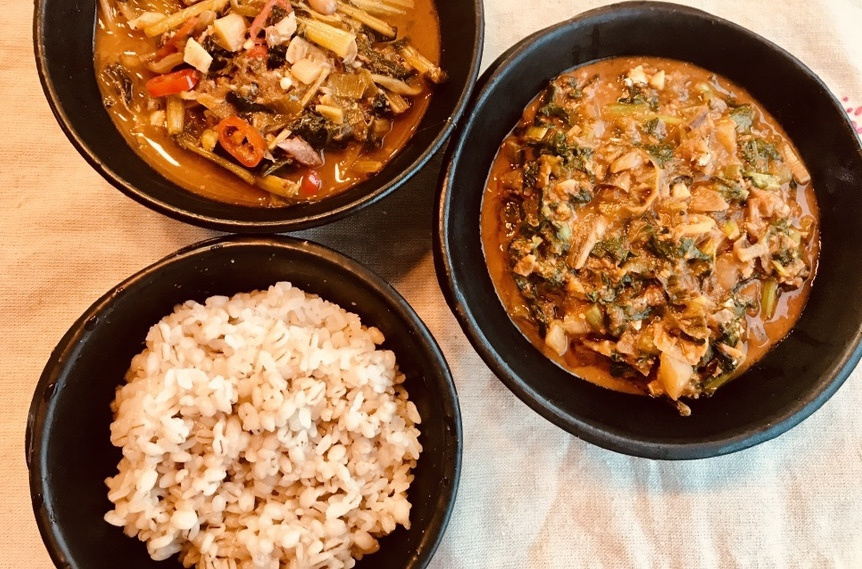
How to make young radish Jongwon Baek soybean paste
Young radish is in season, so if you buy a fresh and cheap young radish, you can use it for a variety of dishes. After making young radish soybean paste in Jongwon Baek and learning that young radish is not the main ingredient of kimchi but can also be used as a regular vegetable, I started to cook various young radish dishes. I made a lot of young radish soybean paste using the Jongwon Baek recipe today. It is a recipe that weakens the salty taste of Gangdoenjang by putting in a lot of fresh young radishes and reduces the volume as young radishes ripen, so you can eat a lot of fresh young radishes. You can put it on vegetables like ssamjang, or you can mix it with rice. It's not a secret that it's so delicious
4 serving
Within 60 minutes
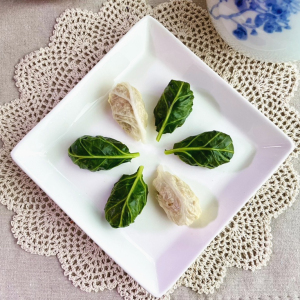
Tina소울푸드
- Ingredients
-
-
young radish10ea
-
Anchovy1handful
-
leek1ea
-
onion1/2ea
-
Cheongyang red pepper2ea
-
Rice water1cup
-
Soybean paste3TS
-
Red pepper powder1TS
-
Sugar1spoon
-
crushed garlic1spoon
-
Cooking oil2spoon
-
- Cooking Steps
-
STEP 1/8Mix the rice and barley and let it soak for about 30 minutes, then sit the rice, and get the second or third rice water and use it for Gangdoenjang.
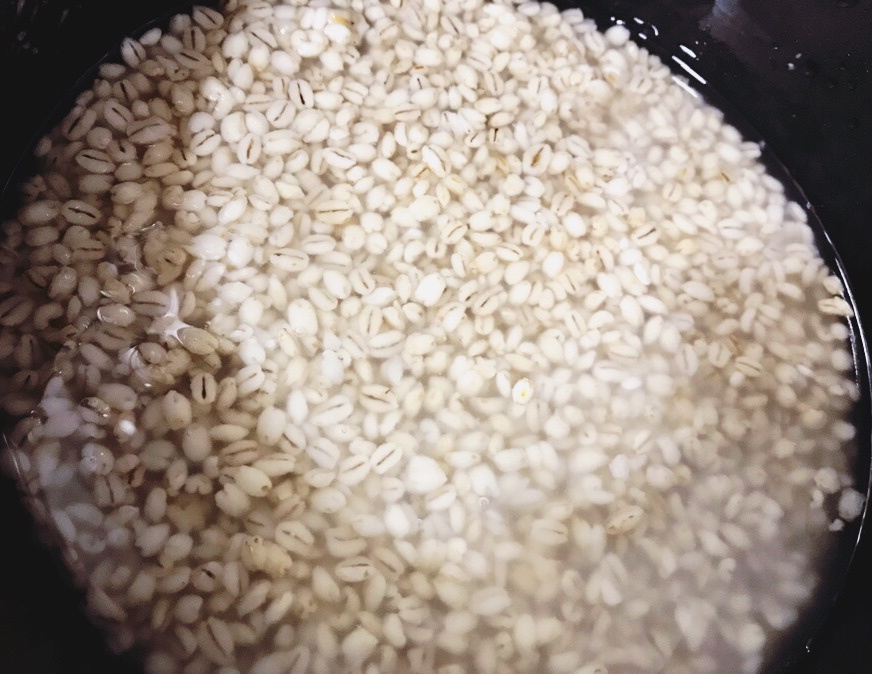 STEP 2/8Cut off the root of young radishes, trim them, wash them, put 2-3 spoons of vinegar in 2 liters of water and soak them for 10 minutes to disinfect.
STEP 2/8Cut off the root of young radishes, trim them, wash them, put 2-3 spoons of vinegar in 2 liters of water and soak them for 10 minutes to disinfect.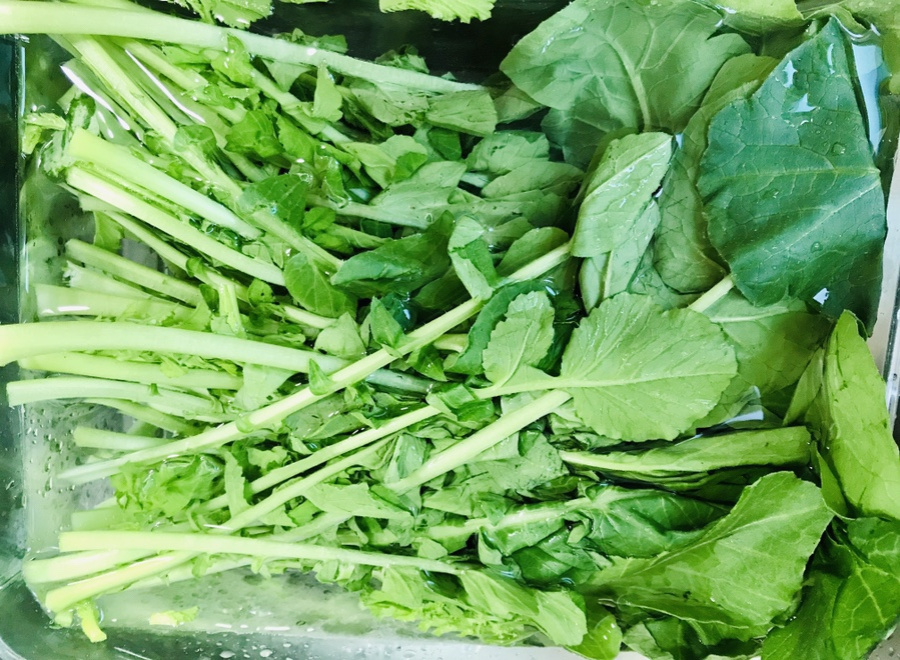 STEP 3/8Chop young radishes, onions, cheongyang peppers, anchovies, chopped green onions, and garlic. If you like vegetables, even if you add a lot of young radishes, there's no big difference in taste.
STEP 3/8Chop young radishes, onions, cheongyang peppers, anchovies, chopped green onions, and garlic. If you like vegetables, even if you add a lot of young radishes, there's no big difference in taste.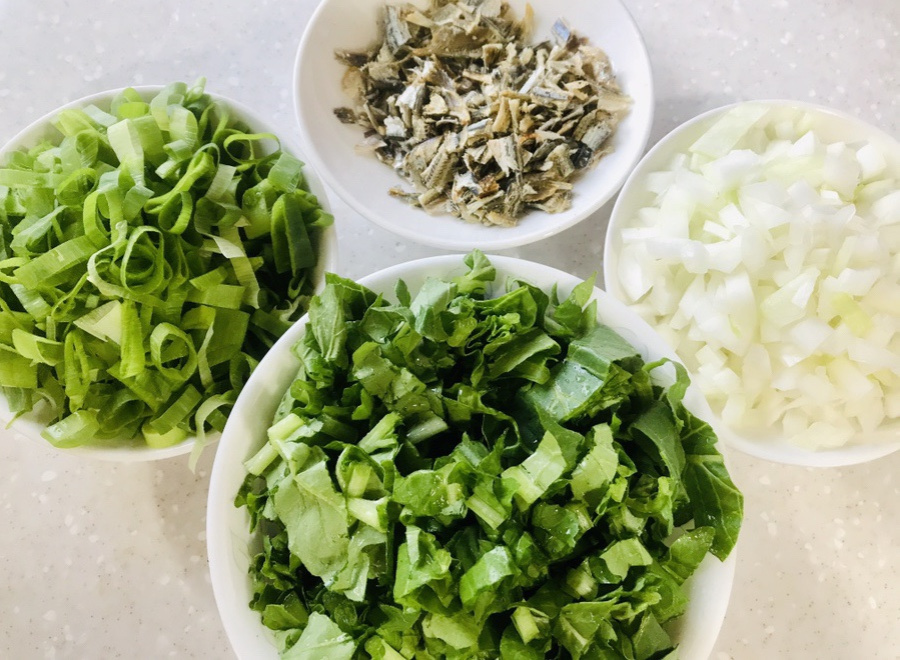 STEP 4/8Put cooking oil in a heated pot and stir-fry green onions and then stir-fry onions.
STEP 4/8Put cooking oil in a heated pot and stir-fry green onions and then stir-fry onions.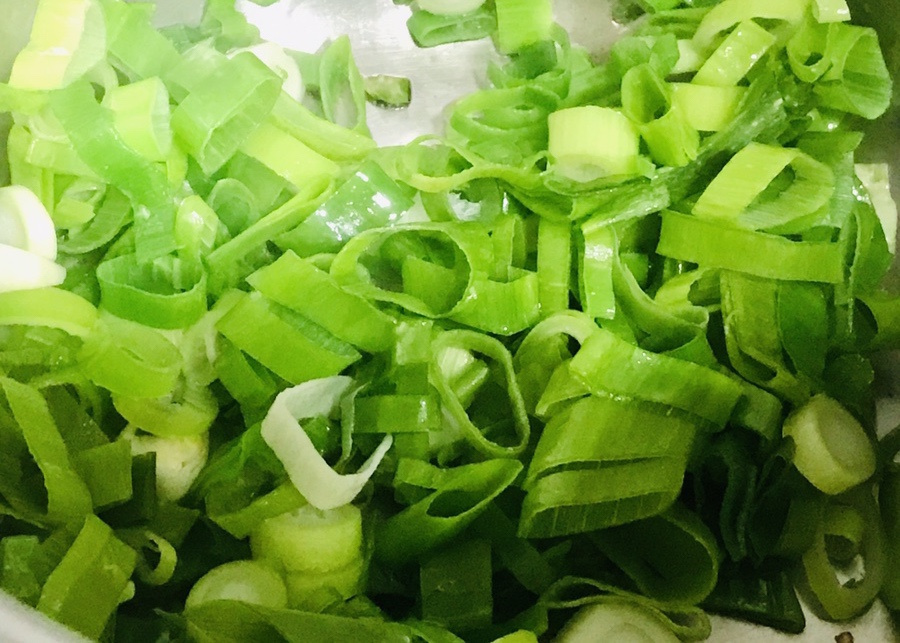 STEP 5/8Add anchovies, garlic and stir-fry.
STEP 5/8Add anchovies, garlic and stir-fry.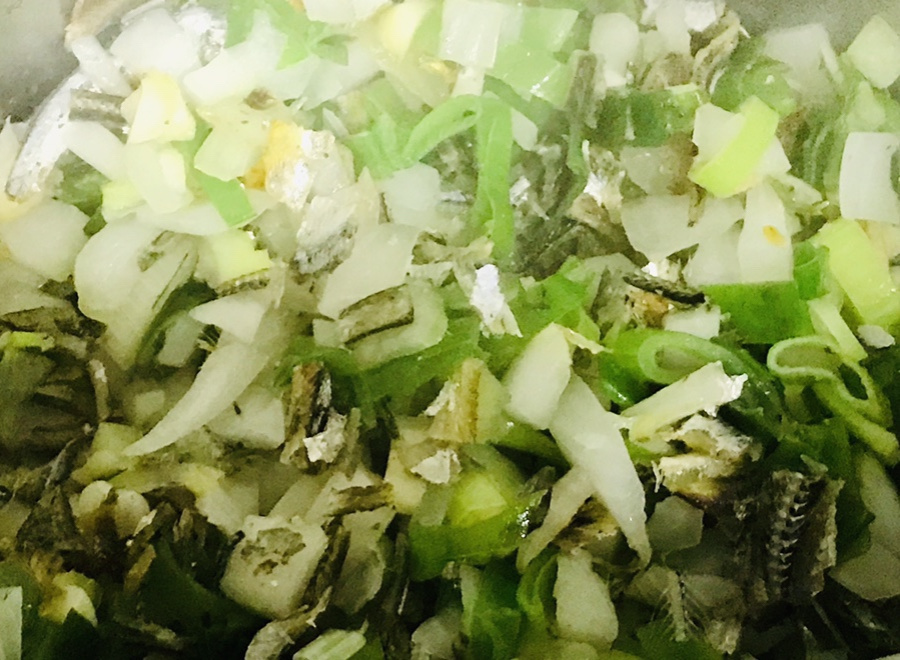 STEP 6/8Pour in the rice water and stir with all the seasonings.
STEP 6/8Pour in the rice water and stir with all the seasonings.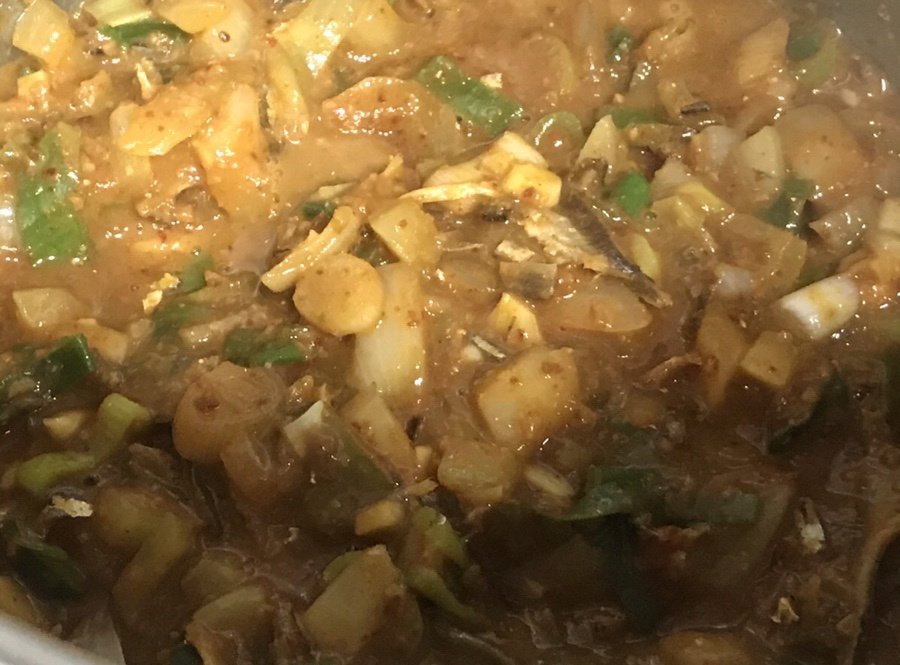 STEP 7/8Add young radishes, mix well, and boil over medium-low heat for about 10 minutes, and the soup will boil down and the young radishes will boil down. I like vegetables, so I put in a lot of young radishes, but when I die, the volume decreases, so it's okay to put in too much. It's rather salty, so even though I put in more than it looks like in the picture, the young radishes decrease so much that I wonder where they all went.
STEP 7/8Add young radishes, mix well, and boil over medium-low heat for about 10 minutes, and the soup will boil down and the young radishes will boil down. I like vegetables, so I put in a lot of young radishes, but when I die, the volume decreases, so it's okay to put in too much. It's rather salty, so even though I put in more than it looks like in the picture, the young radishes decrease so much that I wonder where they all went.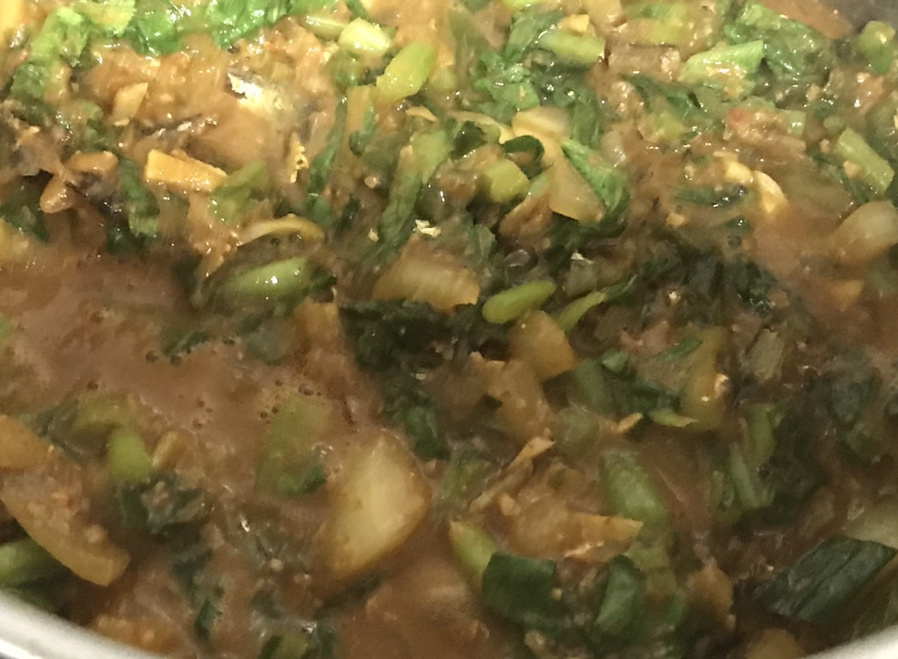 STEP 8/8If the soybean paste seems salty, add more young radishes to your liking. Later, I cut more young radishes and put them in, and this time, I mixed them as if I was blanching them for a long time, and the crunchy texture was alive, so there was another charm. The ripe young radish and slightly blanched young radish combine to make the seasoning taste better and the texture of the young radish is good and delicious.
STEP 8/8If the soybean paste seems salty, add more young radishes to your liking. Later, I cut more young radishes and put them in, and this time, I mixed them as if I was blanching them for a long time, and the crunchy texture was alive, so there was another charm. The ripe young radish and slightly blanched young radish combine to make the seasoning taste better and the texture of the young radish is good and delicious.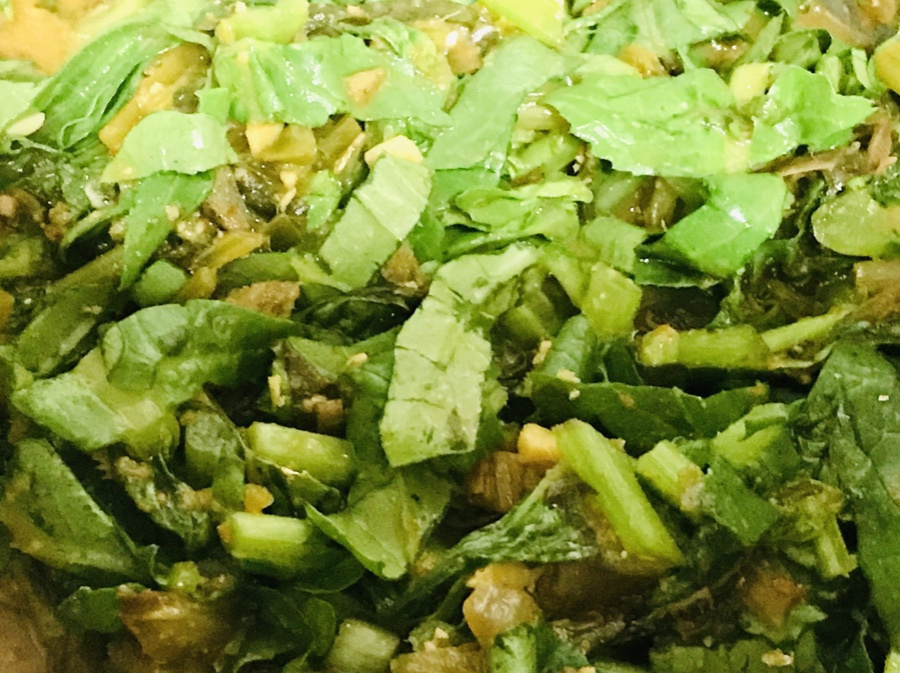 - Even if you add a lot of young radishes, you can eat a lot of young radishes because your breath dies and your volume decreases. - It's delicious even if you add young radishes, more kelp stock, and boil it with soybean paste stew.
- Even if you add a lot of young radishes, you can eat a lot of young radishes because your breath dies and your volume decreases. - It's delicious even if you add young radishes, more kelp stock, and boil it with soybean paste stew.
- Bibimbap Recommended recipe
-
-
1
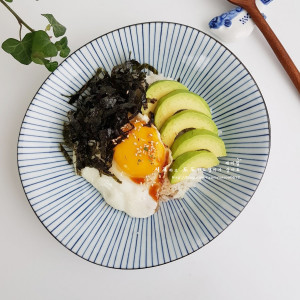 Avocado and egg bibimbap4.94(50)
Avocado and egg bibimbap4.94(50) -
2
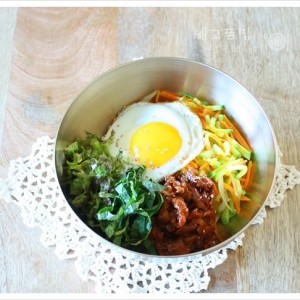 Solving a meal with one bowl...Scallion Pork Belly Red Pepper Pa4.94(18)
Solving a meal with one bowl...Scallion Pork Belly Red Pepper Pa4.94(18) -
3
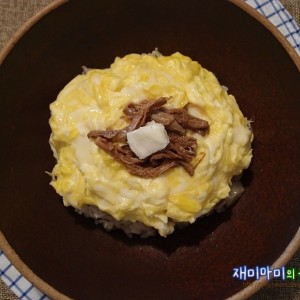 Jangjorim Butter Bibimbap: The rice we ate at School Food5.00(28)
Jangjorim Butter Bibimbap: The rice we ate at School Food5.00(28) -
4
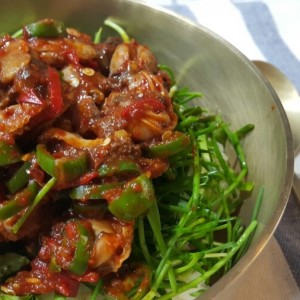 Cockle bibimbap is so good4.93(42)
Cockle bibimbap is so good4.93(42)
-
- stir-fried Rice Cake Recommended recipe
-
-
1
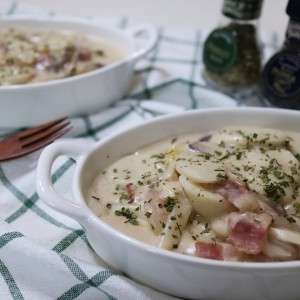 Making carbonara tteokbokki with rice cake soup4.84(50)
Making carbonara tteokbokki with rice cake soup4.84(50) -
2
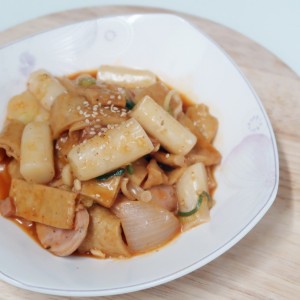 Ketchup tteokbokki. Making spicy tteokbokki. Eye snacks4.91(53)
Ketchup tteokbokki. Making spicy tteokbokki. Eye snacks4.91(53) -
3
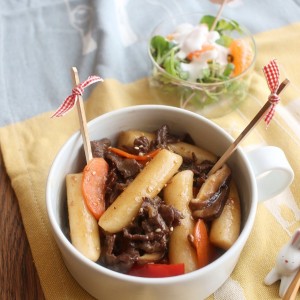 Royal Stir-fried Rice Cake4.97(143)
Royal Stir-fried Rice Cake4.97(143) -
4
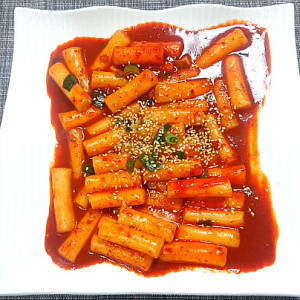 It's so simple, but you're surprised because it's delicious. The4.91(1636)
It's so simple, but you're surprised because it's delicious. The4.91(1636)
-